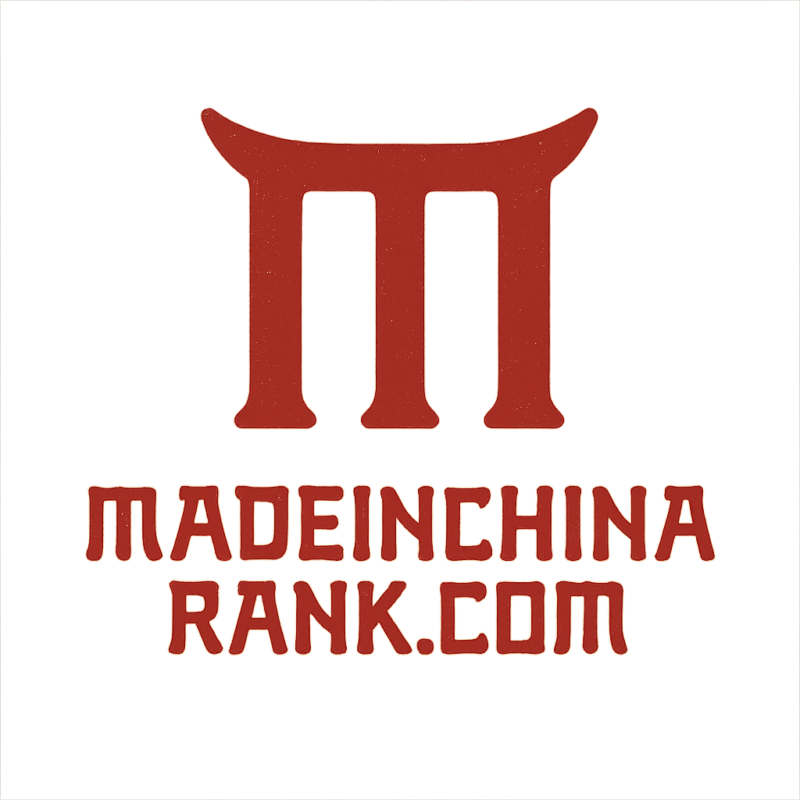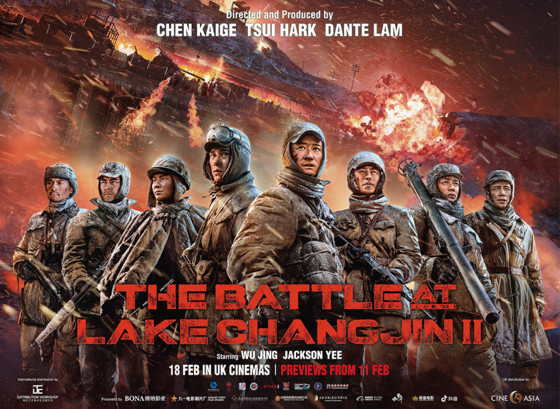Navigating a Turbulent Year: Market Context and Pandemic Recovery
The year 2022 marked a pivotal phase for China’s film industry, characterized by cautious optimism amid lingering pandemic restrictions. With sporadic cinema closures and shifting release schedules, the market demonstrated resilience through strategic holiday档期 (release windows) and a strong emphasis on domestically produced blockbusters. Government policies promoting 主旋律 (main melody) films—works aligning with patriotic and socialist values—continued to shape content creation, while audiences gravitated toward genres offering escapism, emotional depth, and technical innovation. Against this backdrop, five films emerged as commercial titans, collectively grossing over 12.5 billion RMB and reflecting diverse facets of contemporary Chinese storytelling. Below, we dissect their triumphs, thematic undercurrents, and cultural footprints.
1. 《长津湖之水门桥》 (The Battle at Lake Changjin II)
Box Office Dominance: 4.07 Billion RMB
Directed by 陈凯歌 (Chen Kaige), 徐克 (Tsui Hark), and 林超贤 (Dante Lam), this epic war sequel solidified its predecessor’s legacy as a 主旋律标杆 (flagship main melody production). Set during the Korean War’s pivotal Battle of Chosin Reservoir, the film dramatizes Chinese soldiers’ heroic sacrifice in destroying a critical U.S. bridgehead.
Strategic Release and National Sentiment
Premiering on 春节档 (Chinese New Year), traditionally a peak period for family comedies, the film defied genre norms by leveraging patriotic fervor. Its timing coincided with heightened discourse around historical narratives, amplified by state media endorsements and educational campaigns.
Technical Mastery and Emotional Impact
With a budget exceeding 1.3 billion RMB, the film balanced large-scale battle sequences—featuring advanced CGI and practical explosions—with intimate portrayals of camaraderie and loss. Actor 吴京 (Wu Jing), synonymous with patriotic roles, anchored the emotional core, resonating with audiences seeking both spectacle and ideological affirmation.
2. 《独行月球》 (Moon Man)
Sci-Fi Meets Comedy: 3.12 Billion RMB
A groundbreaking fusion of 科幻 (sci-fi) and 荒诞喜剧 (absurdist comedy), Moon Man redefined the boundaries of Chinese genre cinema. Directed by 张吃鱼 (Zhang Chiyu) and starring 沈腾 (Shen Teng), the film follows an astronaut stranded on the moon who becomes humanity’s unwitting comic hero during an apocalyptic crisis.
Innovation in Genre Hybridity
The film’s success hinged on its audacious blend of 硬核科幻 (hard sci-fi) elements—meticulous lunar base designs, zero-gravity simulations—and Shen Teng’s signature slapstick humor. This duality catered to both younger audiences craving visual spectacle and older demographics drawn to heartfelt themes of isolation and hope.
Marketing and Theatrical Experience
Leveraging Shen Teng’s reputation as a 票房保障 (box office guarantor), the film employed immersive pre-release campaigns, including VR previews and collaborations with aerospace institutions. Its July release capitalized on summer vacation crowds, while premium formats like IMAX enhanced its cosmic visuals.
3. 《这个杀手不太冷静》 (Too Cool to Kill)
A Dark Horse in the New Year Race: 2.64 Billion RMB
This meta-comedy, adapted from the Japanese film 魔幻时刻 (Magic Hour), emerged as the 春节档 (Chinese New Year) surprise. Directed by 邢文雄 (Xing Wenxiong) and featuring 马丽 (Ma Li) and 魏翔 (Wei Xiang), it chronicles a struggling actor embroiled in a real-life gangster plot.
Subverting Comedy Conventions
The film thrived on self-referential humor, satirizing filmmaking tropes while celebrating underdog resilience. Wei Xiang’s breakout performance—swinging between over-the-top theatrics and poignant vulnerability—earned comparisons to Jim Carrey’s transformative roles.
Nostalgia and Audience Connection
By integrating homages to classic Hong Kong gangster films and 1990s Chinese TV culture, Too Cool to Kill tapped into generational nostalgia. Its low-stakes narrative, juxtaposed with high-energy set pieces, offered pandemic-weary viewers a cathartic escape.
4. 《人生大事》 (Lighting Up the Stars)
Tackling Taboos: 1.73 Billion RMB
A sleeper hit directed by 刘江江 (Liu Jiangjiang), this drama ventured into the culturally sensitive realm of 殡葬行业 (funeral services). Starring 朱一龙 (Zhu Yilong) as a jaded mortician, the film explores life, death, and redemption through his bond with an orphaned girl.
Cultural Courage and Emotional Authenticity
Breaking societal taboos surrounding death, the film’s unflinching yet tender portrayal of funeral rites sparked national conversations about mortality and legacy. Zhu’s transformative performance—eschewing his heartthrob image for a gritty, unkempt aesthetic—showcased his dramatic range.
Word-of-Mouth Momentum
Despite a modest mid-year release, the film gained traction through grassroots acclaim on platforms like 豆瓣 (Douban) and 微博 (Weibo). Its emphasis on regional dialects (Wuhan Mandarin) and hyper-local funeral customs enhanced its authenticity, resonating with urban and rural audiences alike.
5. 《万里归途》 (Home Coming)
Diplomatic Thrills: 1.59 Billion RMB
Directed by 饶晓志 (Rao Xiaozhi) and starring 张译 (Zhang Yi), this tense thriller fictionalized China’s 2011 Libyan evacuation. As a diplomat navigating war-torn landscapes to rescue citizens, Zhang Yi embodied 国家担当 (national responsibility) amidst chaos.
Realism and Geopolitical Relevance
Filmed on location in 宁夏 (Ningxia) and 青海外景地 (Qinghai deserts), the production recreated North African conflict zones with stark realism. The narrative’s timing—amid global instability and China’s expanding overseas interests—struck a chord with audiences attuned to geopolitical narratives.
Balancing Patriotism and Humanism
Unlike overtly propagandistic works, Home Coming prioritized individual heroism and moral dilemmas. Zhang’s character, flawed yet determined, mirrored public perceptions of China’s evolving global role—assertive yet compassionate.
Emerging Trends and Industry Implications
The success of these films underscores several shifts in China’s cinematic ecosystem:
- Genre Diversification: From war epics to mortician dramas, studios embraced niche themes, reflecting audience appetite for novelty.
- Star-Driven vs. Content-Driven Models: While A-listers like Wu Jing and Shen Teng remained vital, films like Lighting Up the Stars proved compelling narratives could thrive without marquee names.
- Technological Ambition: High-budget productions invested in 虚拟制作 (virtual production) and VFX, narrowing the gap with Hollywood standards.
- Cultural Confidence: The dominance of local stories—rooted in history, social issues, or national pride—signaled a decline in reliance on imported franchises.
As China’s film industry continues to evolve, 2022’s top performers offer a blueprint for balancing commercial ambition, cultural identity, and artistic risk-taking in an unpredictable global landscape.

